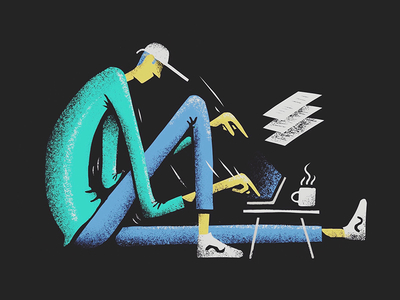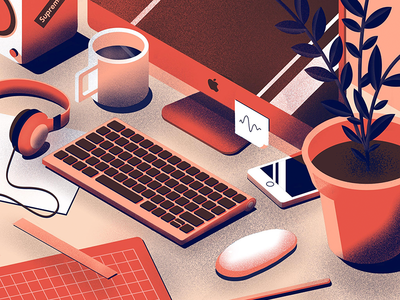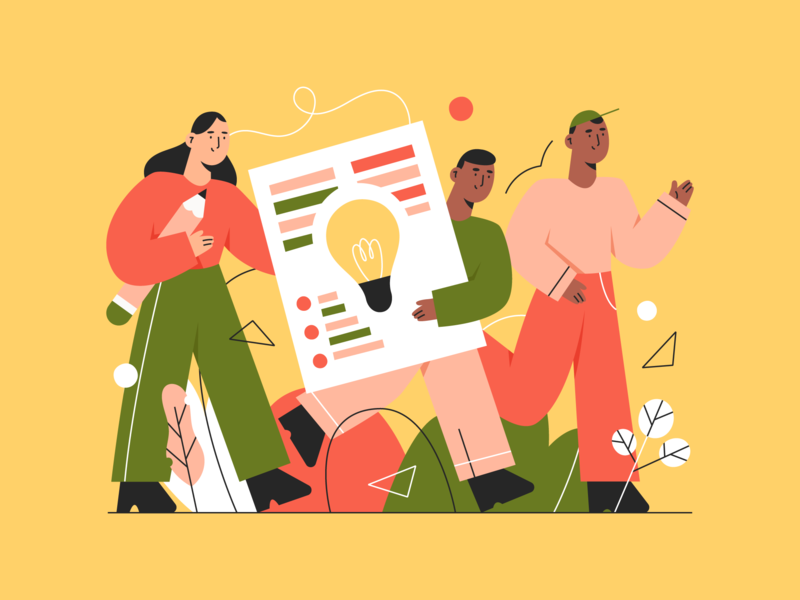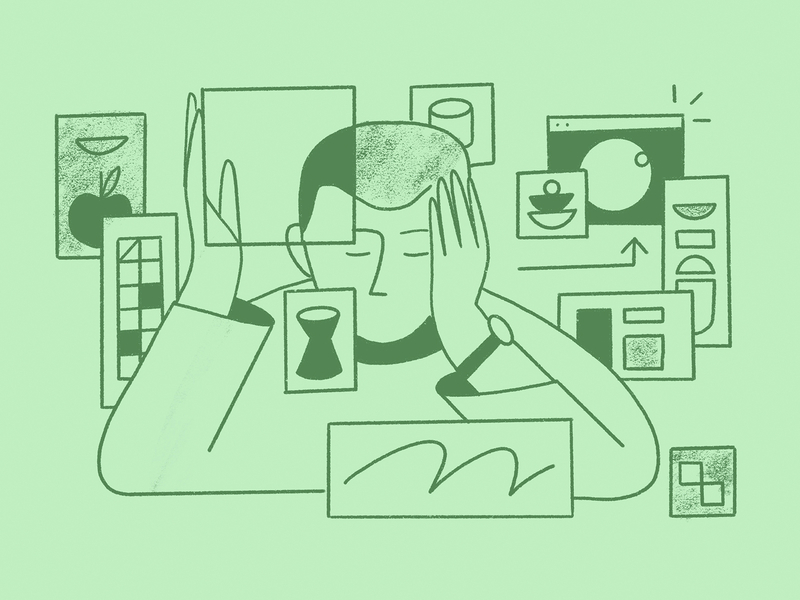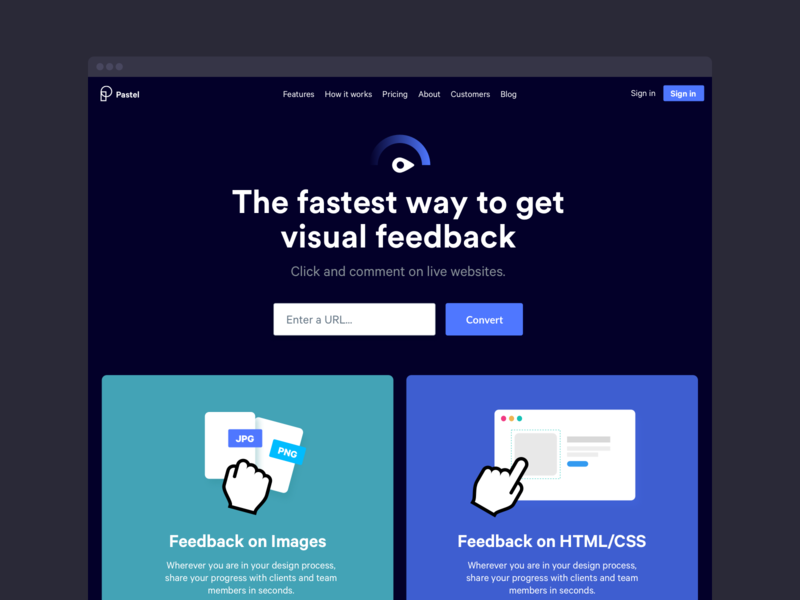Meet Aloke Pillai, Founder & Designer at Pastel—a website feedback tool for agencies and design teams. Aloke joins us to chat about transitioning from a freelancer to a business owner, creating a financial runway when freelancing and managing your mental limitations ■
Row 1: Jordan Kabalka, Andrew Alimbuyuguen , Anya Perepelkina.
Hello everyone! I’m Aloke Pillai, a product designer, and entrepreneur based out of Toronto, Canada. I started learning how to design logos and websites when I was 12 and found small gigs on graphic design forums to help me practice and make some money on the side.
I really loved the process of seeing a sketch come to life! I’ve been freelancing on and off for 14 years since. In 2011, I started to get more interested in interface and user experience design, leading me to work at startups in New York and San Francisco. I love traveling to new places and learning new things.
Transitioning from freelancer to founder
I’ve always had a love/hate relationship with client work and freelancing. It gave me temporary financial freedom which allowed me to take risks chasing personal projects. It has also been a thorn on my side, leading to burnout and exhaustion.
Learning how to estimate work and figuring out my ideal work schedule helped me know exactly what I was capable of doing and pushing myself to the edge. After spending so long selling hours of my time, I was intrigued by the idea of designing something that could provide me the income and the freedom to work on multiple projects that fascinated me.
In 2016, I set out to find a side project that could satisfy that need. I looked at my emails and credit card statements for inspiration to find problems I could solve. I could either make the things I was paying for cheaper or look at things in my emails to find things I was struggling with.
Many ideas later, I found that there wasn’t an easy way to comment and share feedback on live websites. I tabled the idea because I couldn’t code at the time.
It wasn’t until 12 months later, I found the right technical partners to launch Pastel, a lightweight way to review and comment on live websites. That 12 month period was tough. The biggest challenge was money.
The money challenge
I had drastically underestimated how long this startup idea would take. I had a bad experience working at VC backed startups in the past, so I decided I would fund this idea with revenues from customers.
That meant finding the right partners that believed in the mission. I lucked out. A team of two incredible human beings were working on the same problem (but for developers) in Toronto! We agreed to a trial period of working together.
Now that the startup funding issue was solved, the other challenge was my personal income.
Freelancing as a superpower
Pastel would not have survived without my freelance income. Those 12 months were the most financial acrobatics I’ve had to do in my career.
My routine was simple. I would browse through sites like Product Hunt, Twitter, and design galleries and send emails to the owners pointing out 1-3 improvements they could do on their site. My strategy was to start small, earn their trust, and pitch bigger projects.
Since most of my time was spent either building the startup or freelancing, my portfolio was largely neglected, so posting on Dribbble was super helpful. I also used a PDF portfolio I would cater based on my pitch, and left my website for testimonials of people that were vouching for me. I treated each testimonial like gold!
A personal runway as a mind hack
Whenever I felt overwhelmed by clients or customer requests of Pastel, I focused on two metrics: my average monthly personal expenses and the monthly revenue needed for Pastel to pay all three founders a modest salary.
I referred to my monthly expenses as my ‘personal runway’. I wanted to have at least two months of personal runway in savings or signed contracts. That gave me the confidence and peace of mind I needed to stay focused.
These mind hacks helped me create markers of progress when facing a lot of uncertainty in my freelancing and my startup business.
Advice for entrepreneurial designers…
If you have aspirations of building other revenue streams while you freelance, be very honest with how much time you can afford with your priorities. Set a reasonable goal for how much you want to earn from it, and make that your mission statement: How can I make $10,000 this year from selling design assets with only 5 hours of work per week?
For me, the freedom of how I spent my time was a dream. Find your why and plan towards it ■
Find Aloke on Dribbble, Twitter, and learn more about his business at Pastel.
RELATED CONTENT
- How one freelancer designer used Dribbble to build a global product studio
- The Side Benefits of Side Projects—Overtime Episode 78
- Starting a side project: The story of Color Hunt
Find more Community stories on our blog Courtside. Have a suggestion? Contact stories@dribbble.com.

